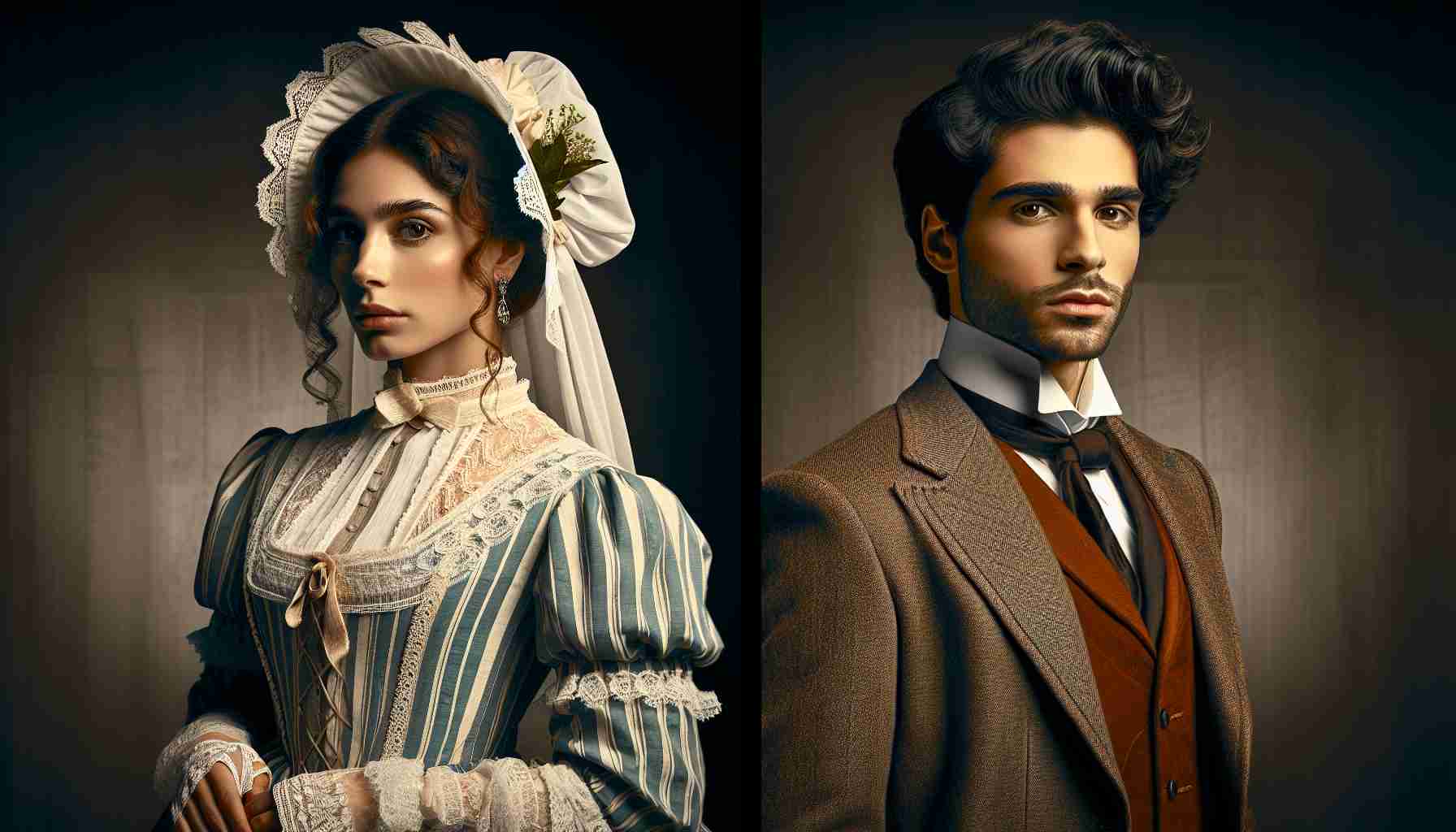When it comes to casting actors in historical dramas, some performers seem effortlessly at home in bygone eras. An excellent example is Colin Firth, who convincingly embodied the essence of a Victorian gentleman in the 1995 adaptation of Pride and Prejudice.
However, not everyone finds this transition seamless. A term gaining popularity is “iPhone face” or “smartphone face”, describing actors whose features might appear too contemporary for historical settings. These actors seem like they’d be entirely comfortable with technology like smartphones, which can disrupt the illusion of a period piece.
This brings up an intriguing question: Are there actors today who appear too modern to convincingly portray historical characters? The discussion circles around whether their facial features, expressions, or overall presence are too aligned with our current digital age.
Imagine watching a historical TV show or film and finding it hard to believe in its authenticity because an actor falls into this category. It’s a fascinating topic to explore, leading audiences to reevaluate how casting choices enhance or detract from the storytelling.
We invite you to ponder this: Are there famous actors you can think of who have an “iPhone face”? Would their presence in a period drama break your immersion in the historical narrative? Share your thoughts and examples you’ve noticed in period films or series!
The “iPhone Face” Dilemma: Are Modern Faces Ruining Historical Dramas?
As audiences become increasingly discerning, the casting choices in historical dramas are scrutinized more than ever. One intriguing topic of discussion is the emergence of the so-called “iPhone face” or “smartphone face,” referring to actors whose contemporary features seem incompatible with historical settings. While this may appear trivial, it has profound implications on storytelling and viewer immersion.
The Evolution of Facial Standards
The concept of the “iPhone face” prompts us to explore how societal norms and trends shape our perception of what a “modern” face looks like. Our ancestors’ portraits and daguerreotypes present a stark contrast to today’s culturally influenced aesthetics. The rise of plastic surgery and fashion trends like eyebrow shaping, lip fillers, and contact lenses have created distinct facial features that are unmistakably modern. These attributes, while subtle, can pull viewers out of the illusion, questioning an actor’s suitability for period roles.
The Impact on Casting and Storytelling
Casting decisions can significantly impact the authenticity of a historical drama, allowing audiences to escape into another era. If an actor’s appearance is too modern, it can create a disconnect that distracts from the storyline. The controversy surrounding this issue has sparked debates within casting circles, pushing directors to look for actors who can encompass both talent and the desired historical look.
Many argue that talent should outweigh appearance, but others believe that staying true to the period is crucial. This conundrum reflects broader societal questions about authenticity in art and media consumption.
Advantages and Disadvantages
Advantages:
– Authenticity: Finding actors who visually fit into the historical setting can enhance the narrative’s believability and immersive experience.
– Viewer Satisfaction: Audiences may appreciate the attention to detail, leading to a more satisfying viewing experience that feels true to the era depicted.
Disadvantages:
– Limited Casting Pool: Prioritizing appearance over talent can narrow the pool of available actors, possibly sacrificing acting prowess.
– Restrictive Standards: The focus on “historical” features can perpetuate limiting beauty standards and ignore the diverse appearances that have existed throughout history.
Intriguing Questions and Access to Further Discussions
Can Modern Technology Affect Our Perceptions?
The constant exposure to digital-age icons and trends might inadvertently shape our perceptions of “modern” vs. “historic,” much like the traits that define the “iPhone face.”
Is This A Temporary Phase?
Could this notion of the “iPhone face” be a fleeting trend, destined to change as societal ideals evolve, or will it endure as digital technology continues to define our era?
For those interested in exploring similar discussions on the intersection of culture, media, and history, visit the following sites:
BBC
Guardian
The ongoing debate about “iPhone face” is yet another fascinating aspect of how modern sensibilities intersect with historical storytelling, inviting us to reconsider our cultural narratives and the future of period dramas.







